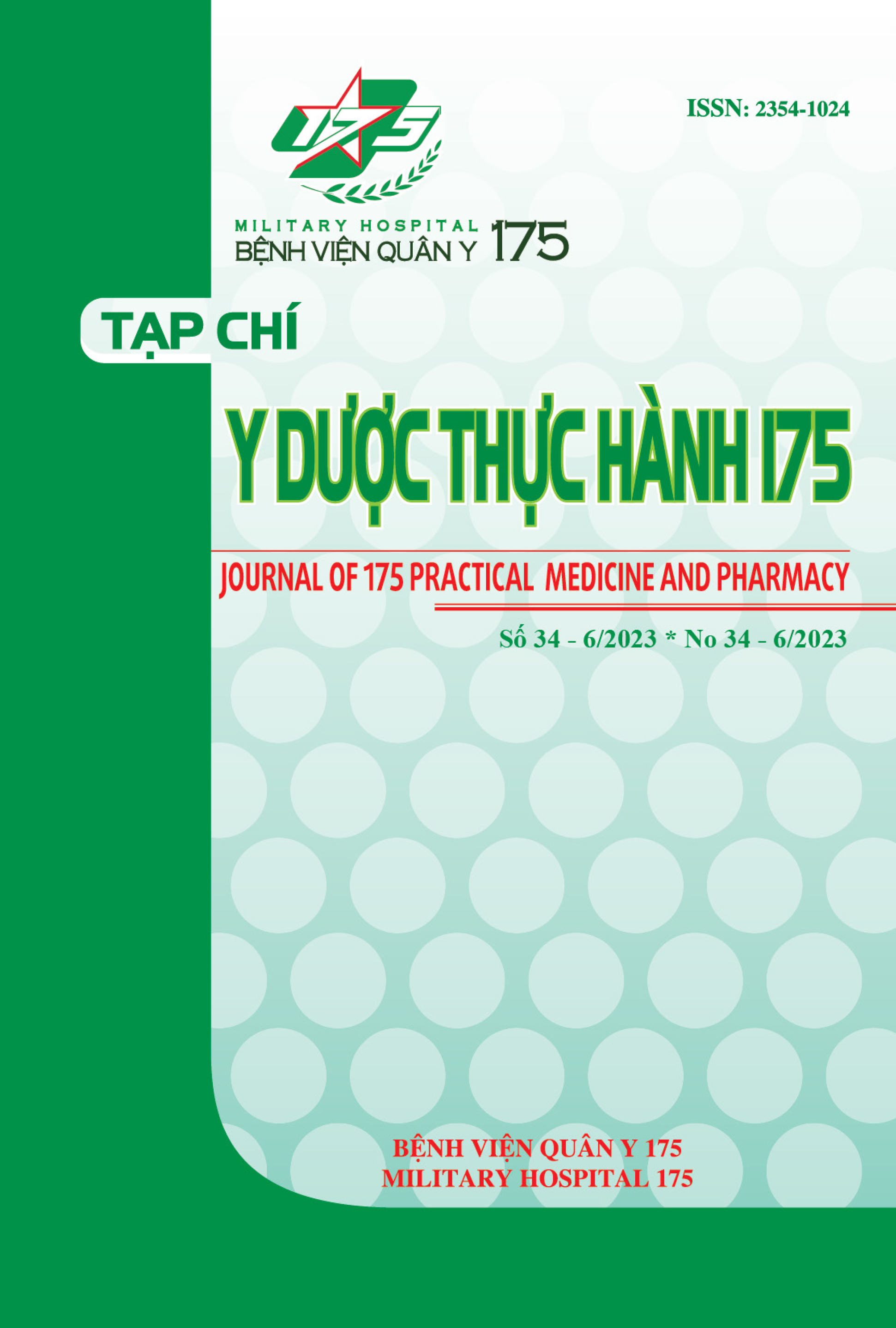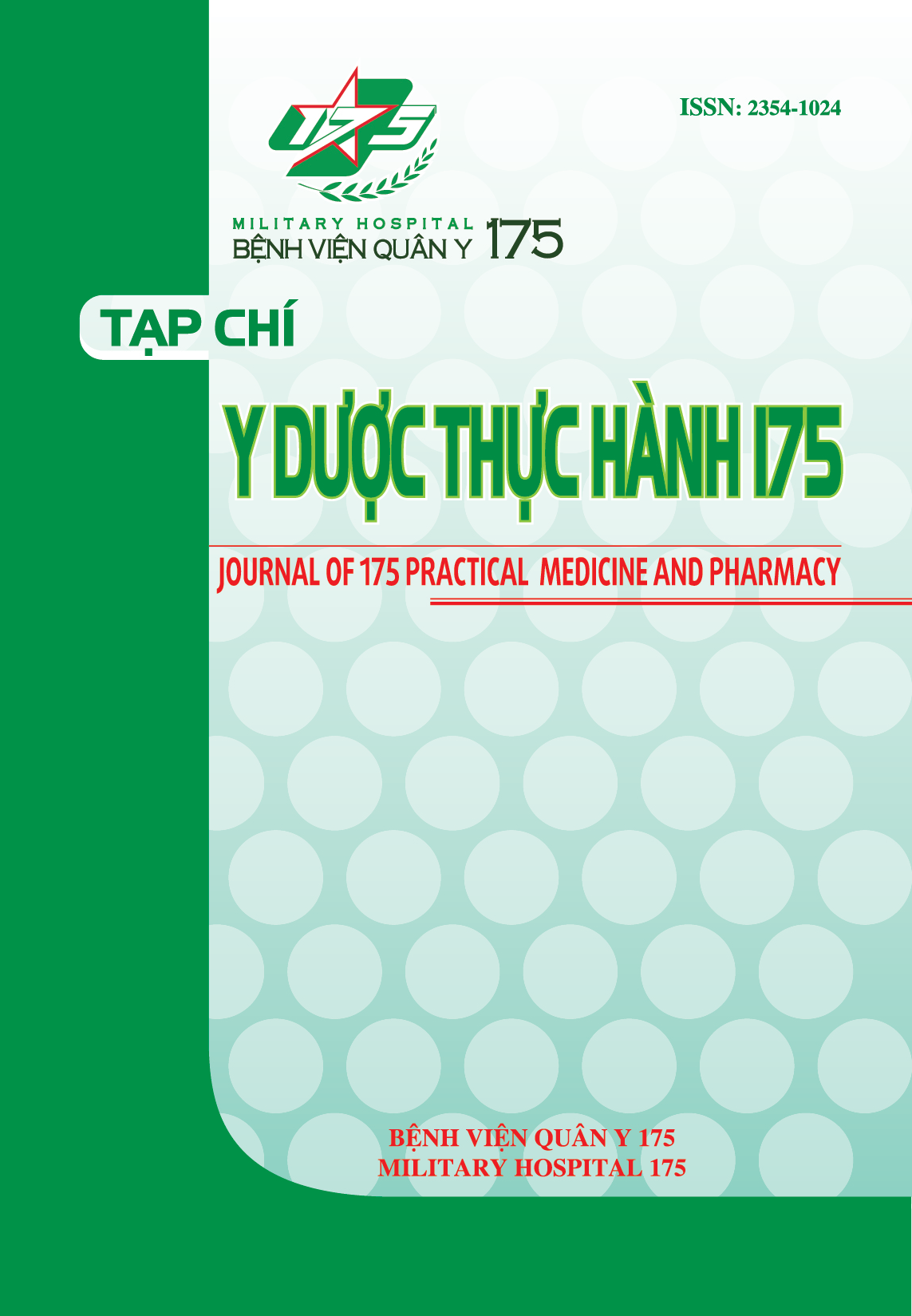COMMENTS ON THE CLINICAL AND CT-SCANNER CHARACTERISTICS OF PANFACIAL FRACTURE PATIENTS AT MILITARY HOSPITAL 175
Authors
DOI: https://doi.org/10.59354/ydth175.2023.204Keywords:
panfacial fractureReferences
Ali, K. and Lettieri, S. C. (2017). Management of Panfacial Fracture, Semin Plast Surg. 31(2), pp. 108-117.
Phan Duy Vĩnh, Lê Thị Hương Lan, Vũ Ngọc Lâm (2022). Đặc điểm lâm sàng, X-quang chấn thương gãy liên tầng mặt”, Tạp chí y dược lâm sàng 108, tập 17, 6/2022.84-93.
Nguyễn Văn Tuấn (2019). Đánh giá kết quả điều trị phẫu thuật gãy liên tầng mặt tại Bệnh viện Răng Hàm Mặt Trung ương thành phố Hồ Chí Minh năm 2018-2019, Luận văn chuyên khoa II, Đại học y dược thành phố Hồ Chí Minh.
Tang, W. et al (2009). Sequential SurgicalTreatment for Panfacial Fractures and Significance of Biological Osteosynthesis, Dental Traumatology. 25, pp. 171-175.
Follmar KE. et al (2007). Concomitant injuries in patients with panfacial fractures, J Trauma 63(4): 831- 835.
Abdeljalil Abouchadi. et al (2018). Panfacial Fractures: A retrospective study and review of literature, Open Journal of Stomatology 08(04): 110-119.
Yang R. et al (2012). Why should we start from mandibular fractures in the treatment of panfacial fractures?, J Oral Maxillofac Surg 70(6): 1386-1392.
Downloads
PDF Downloaded: 33










